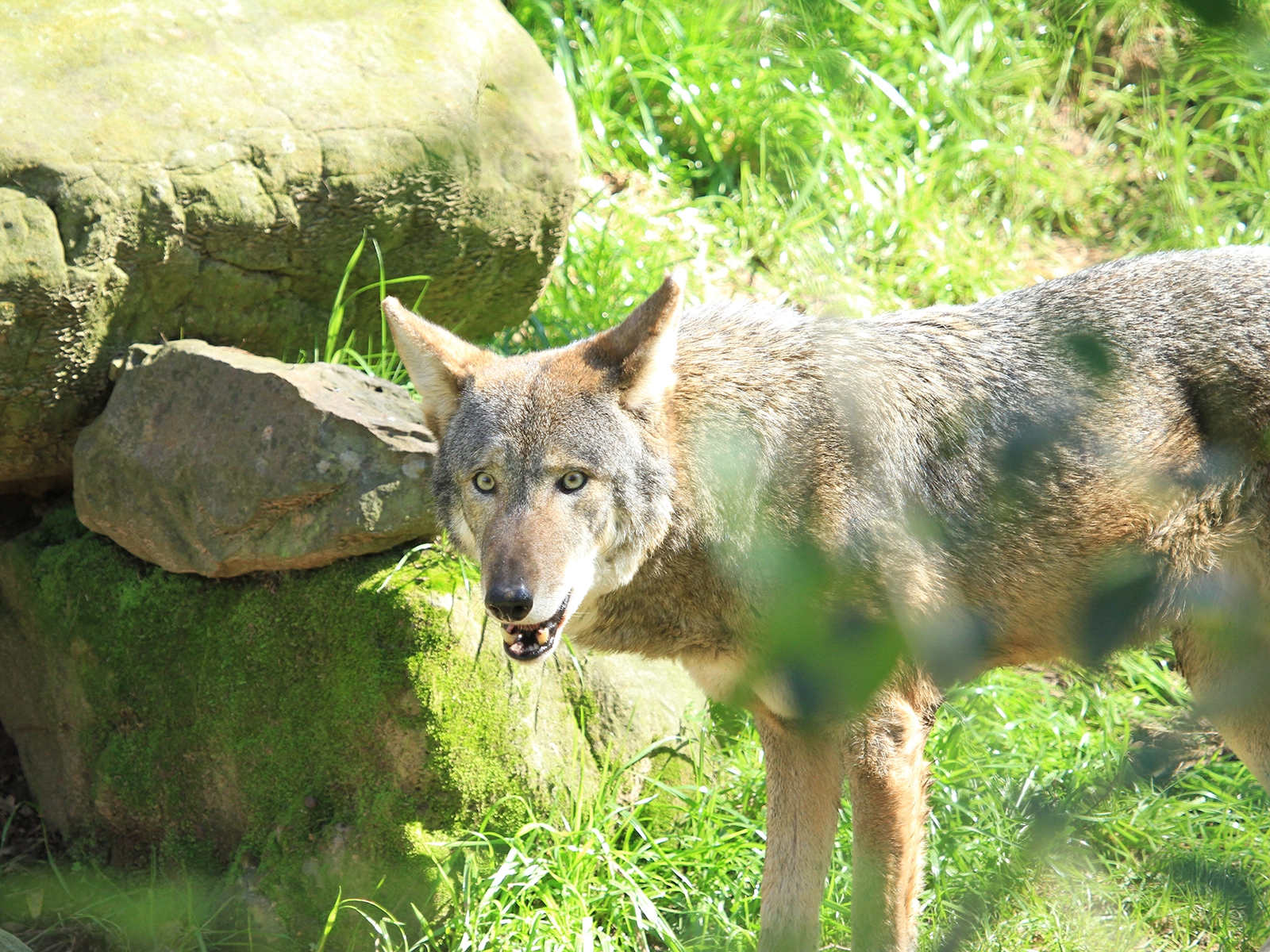American Red Wolf
Canis rufus
Class
Mammalia
Order
Carnivora
Family
Canidae
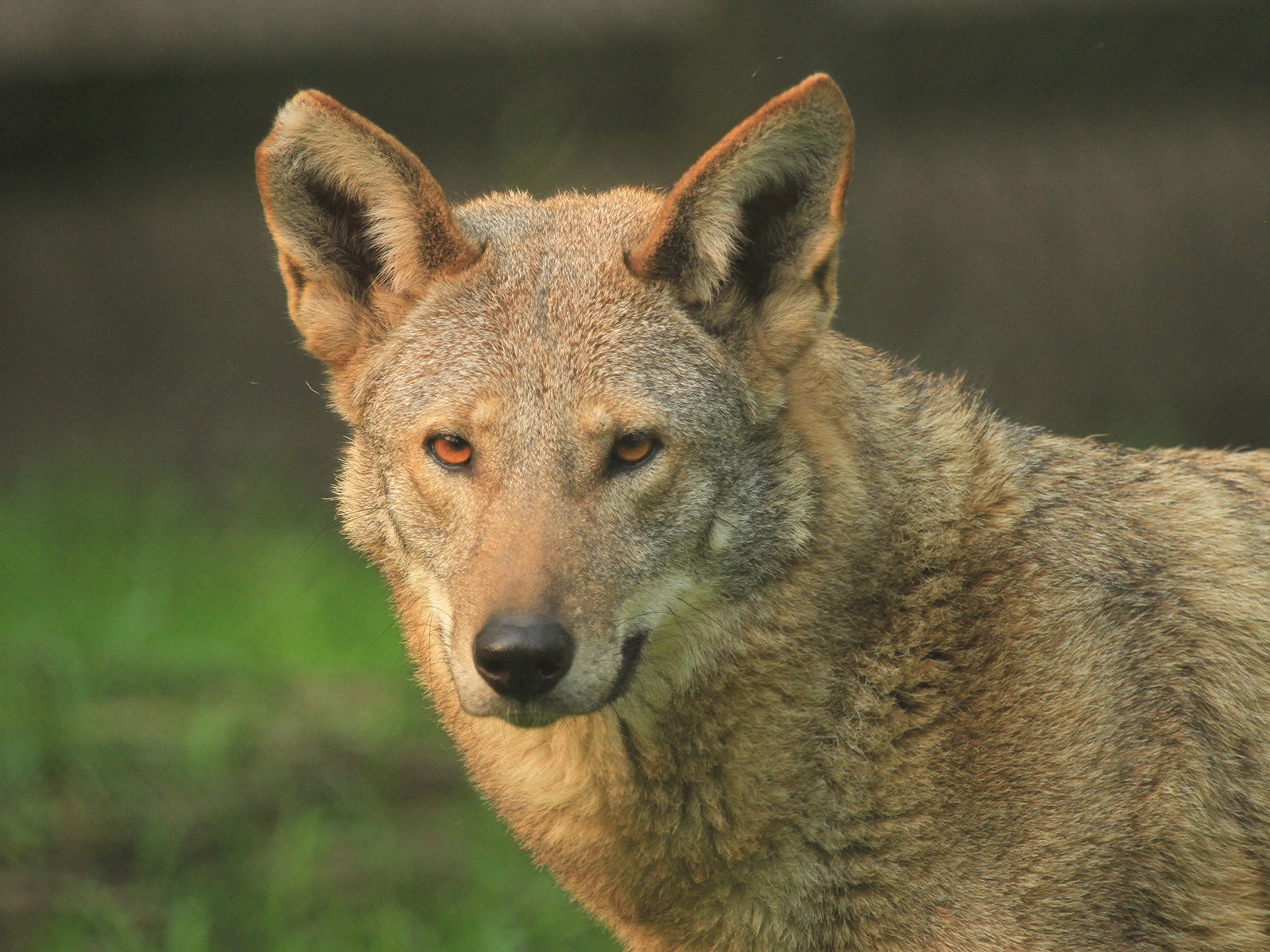
Mammalia
Carnivora
Canidae
Eastern United States
Height: 26 inches (at shoulder)
Length: 5 ft.
Weight: Average 50 - 80 lbs.
Wetlands, forests, and mountainous areas
1 - 6 pups
Gestation: Approximately 9 weeks
Raccoons, rabbits, deer, and rodents
Critically Endangered
The American Red Wolf is North America's most endangered canid.
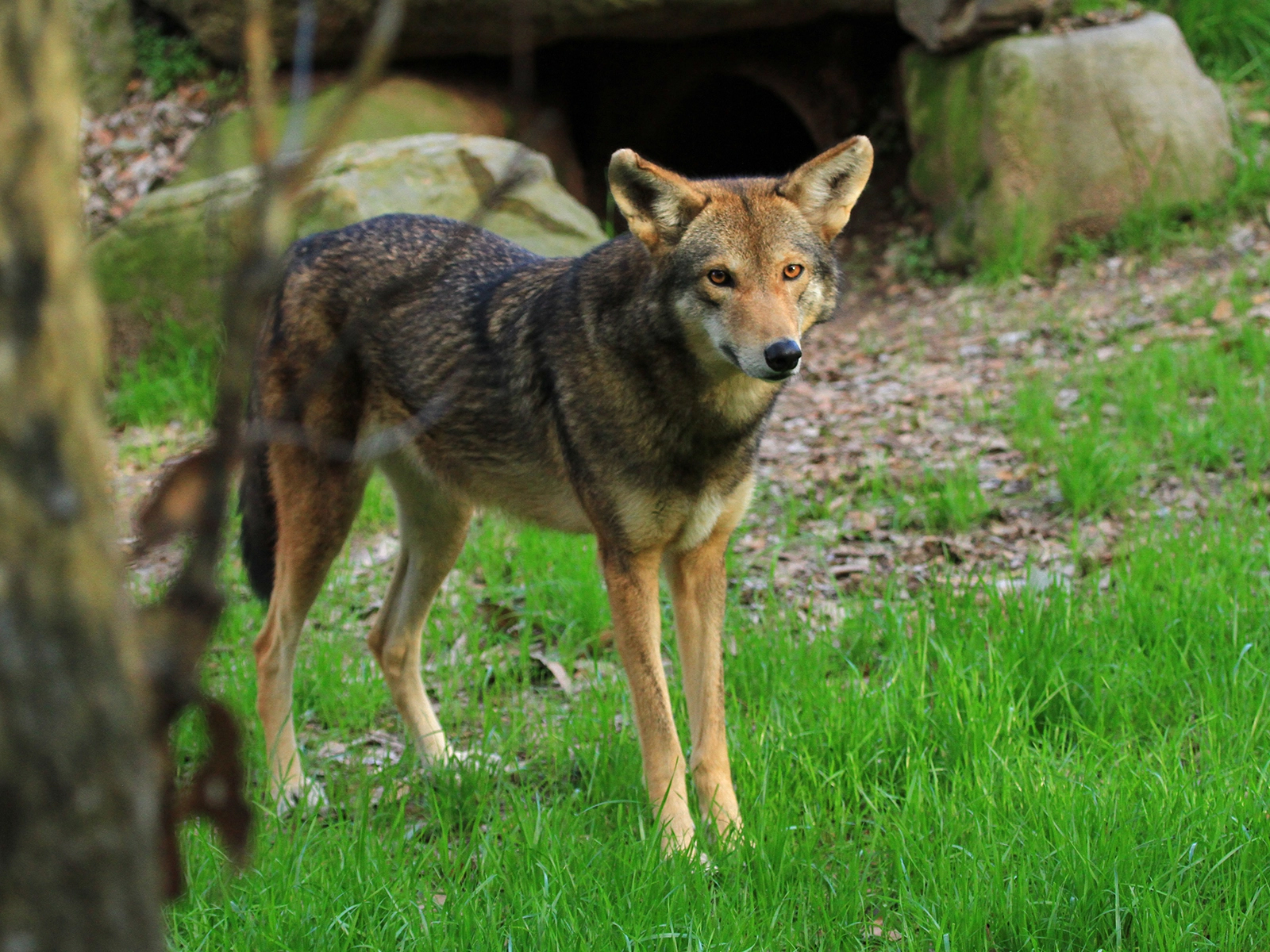
The American Red Wolf (Canis rufus) is a native North American canid intermediate in size between the coyote (Canis latrans) and gray wolf (Canis lupus). Most active at dusk and dawn, red wolves are elusive and generally avoid humans and human activity.
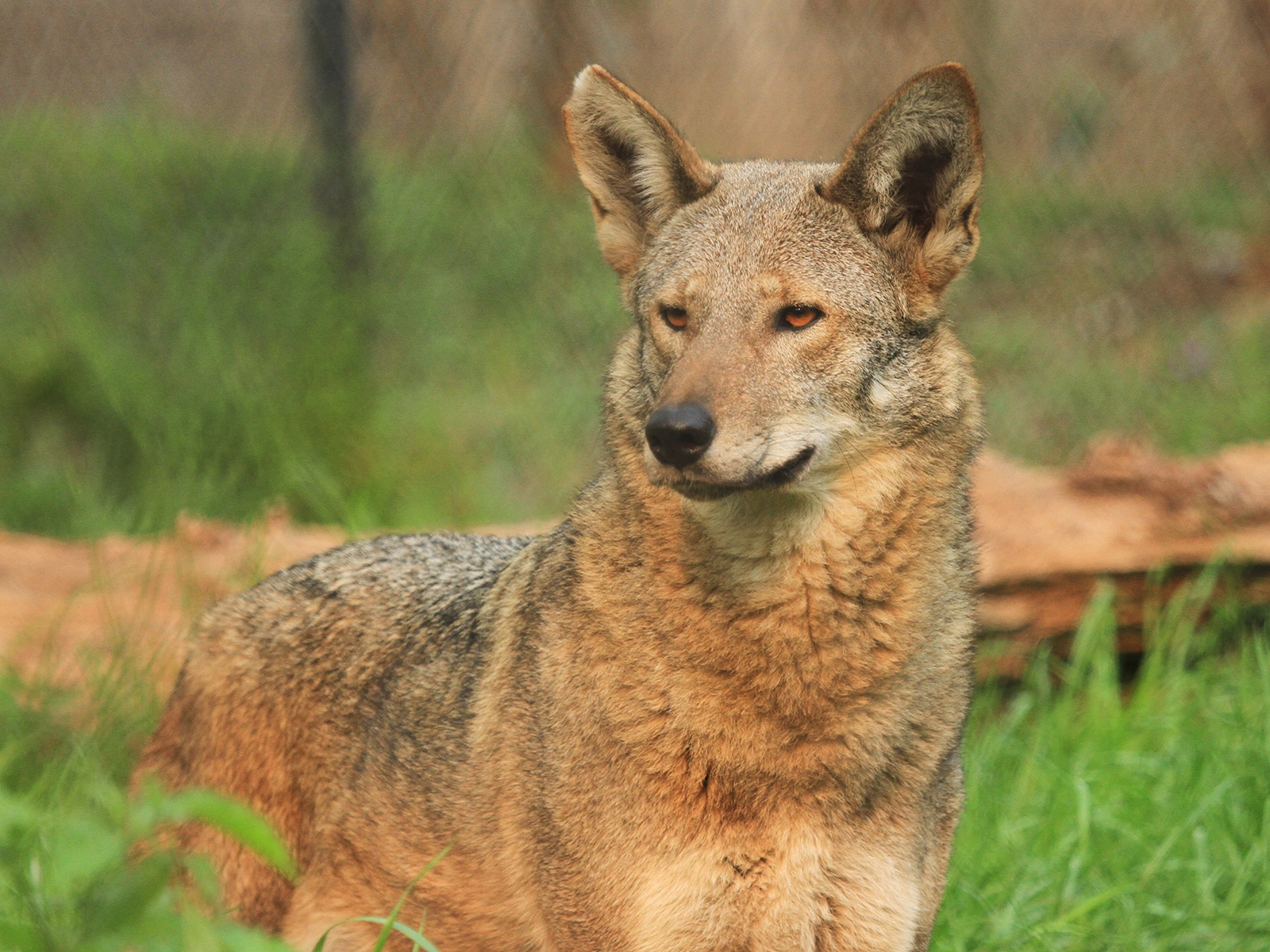
American Red Wolves live in close-knit packs, typically consisting of five to eight animals. This includes a breeding adult pair and their offspring of different years. Wolf packs have specific territories that they actively defend against other canids, including other wolves.
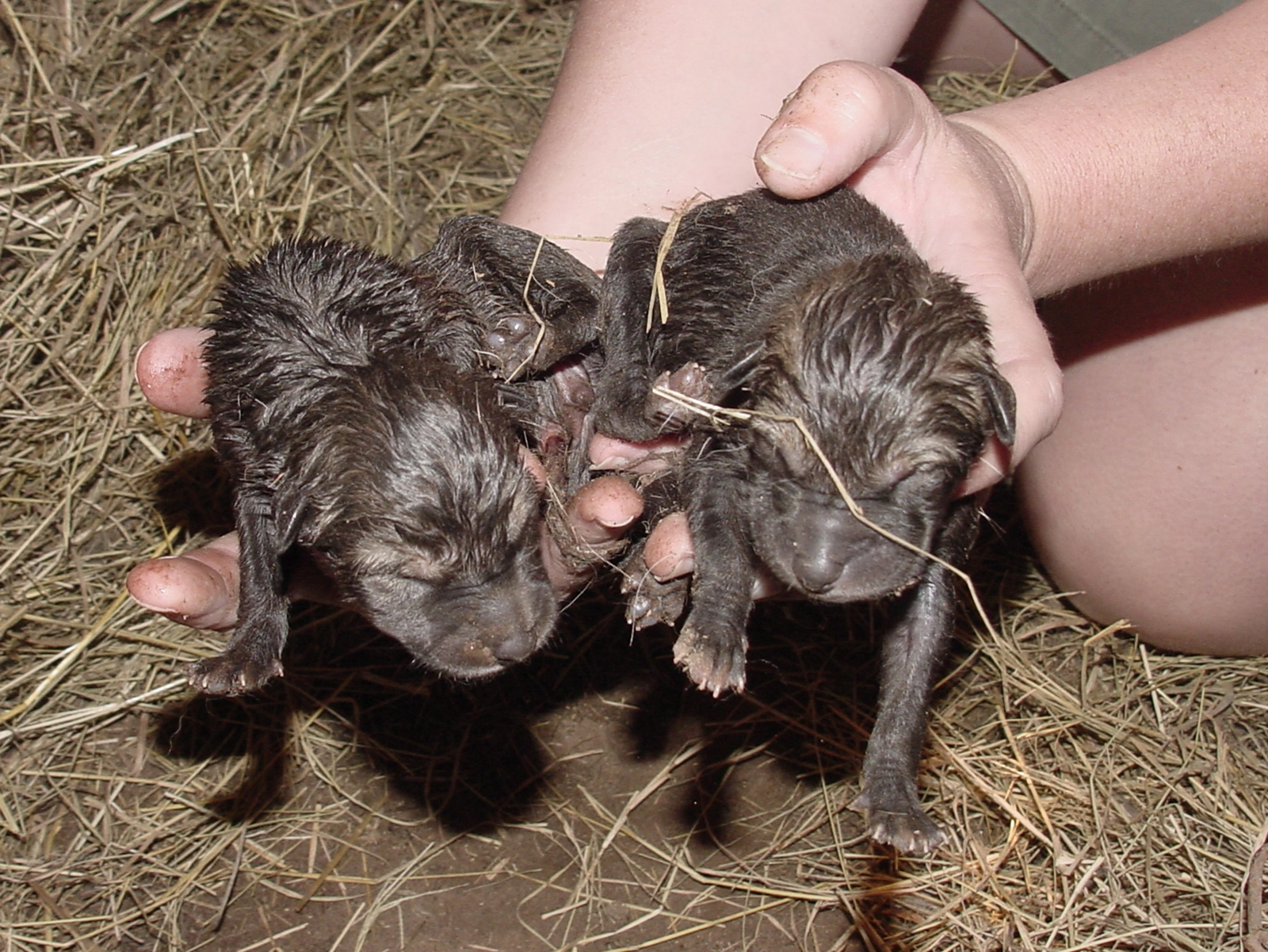
American Red Wolves tend to form pair-bonds for life and mate once a year in February. Pups are typically born in April or May in well-hidden dens. Several red wolf litters have been born at the Alexandria Zoo over the years, the first in 1984.
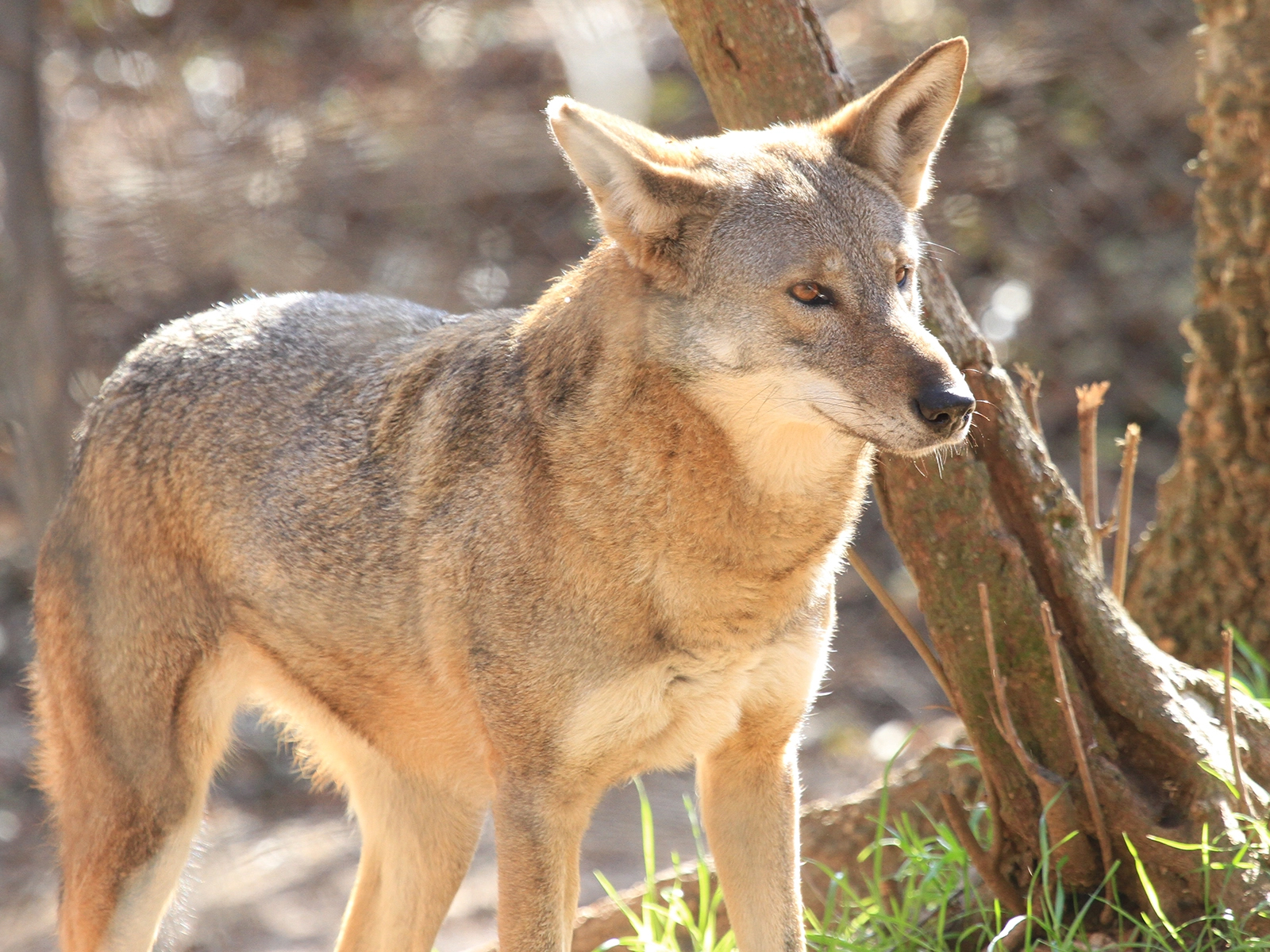
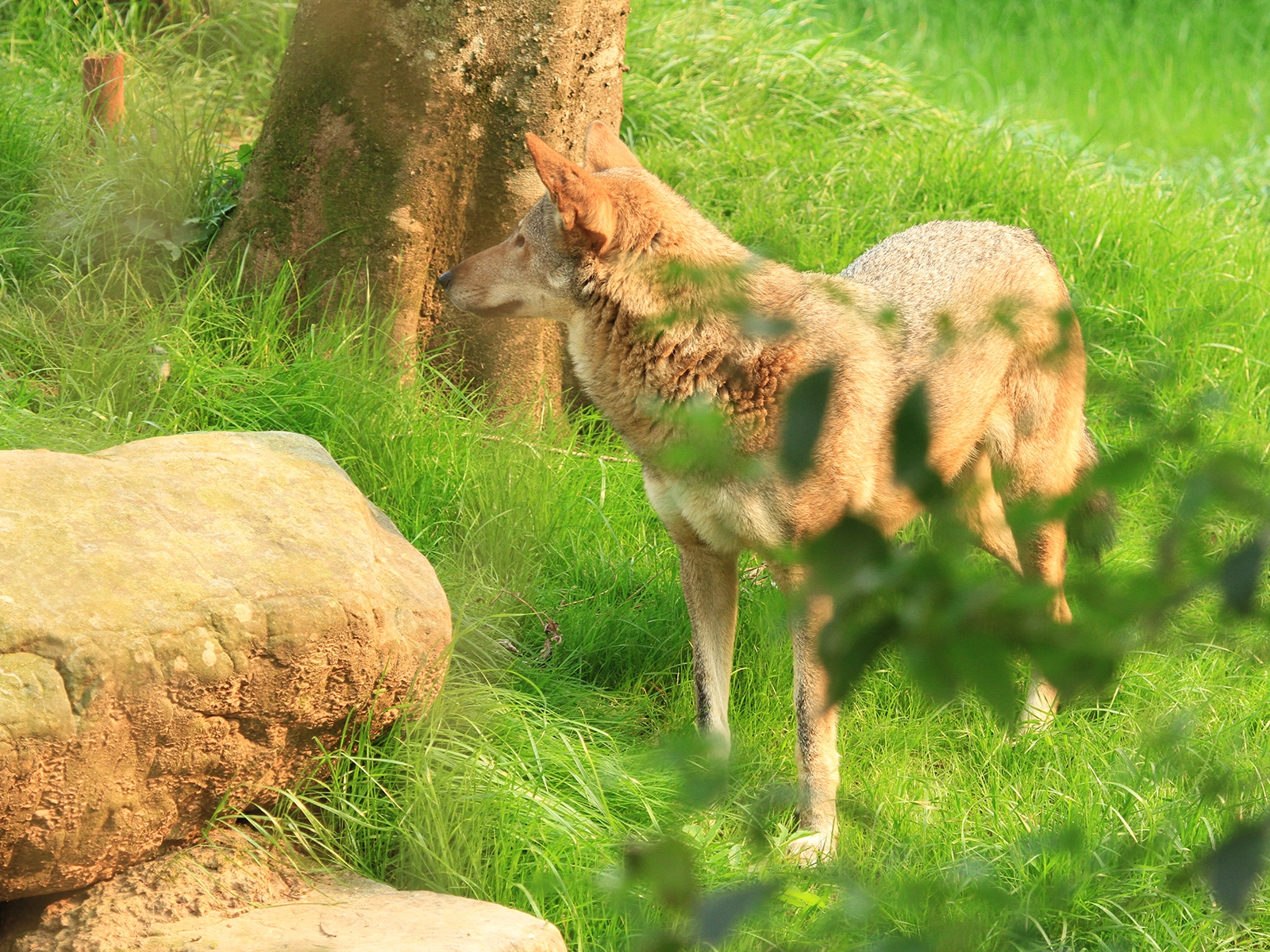
The American Red Wolf is North America's most endangered canid. It once roamed all the way from Texas to New York, but populations were decimated by intensive predator control programs and the degradation and alteration of the species’ habitat. By 1980, the red wolf was declared extinct in the wild. Through conservation efforts, the red wolf became the first-ever restoration of an officially extinct species back into the wild.
However, today less than 20 red wolves remain in a small patch of their wild habitat, with about 240 red wolves are maintained in human care in facilities throughout the United States, including Alexandria Zoo.
Educate yourself and others. Learn about the challenges facing American Red Wolves and help educate your friends, family, and others about their critical endangered status and their importance to the ecosystem.
Practice coexistence. If you live in or near the red wolf recovery area in eastern North Carolina, support coexistence efforts. This includes using nonlethal methods to protect livestock and pets.
Advocate for their protection. Contact your elected officials and wildlife agencies to voice your support for red wolf recovery efforts and the policies that protect them, such as the Endangered Species Act.
Cash April 23, 2013
Oklahoma April 16, 2018
